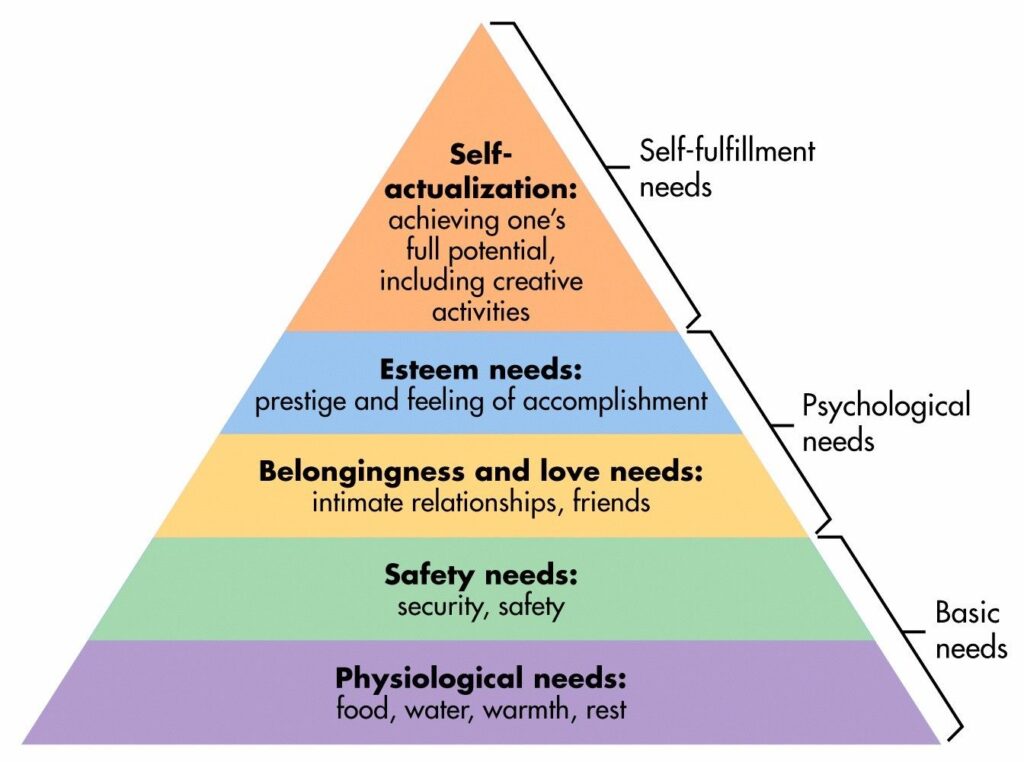
Last Updated on November 9, 2020 by Jacob
Remote leadership
2020 is the year of the lockdowns, which makes remote leadership a highly relevant topic. In the world of IT, remote leadership has been a hot topic for more than two decades.
Before Corona the topics were related to performance management and the challenges of effective leadership across cultures and timezones.
In the current times of lockdowns, companies are experiencing a new normal. A normal where teams, who usually are physically present together in offices on a daily basis are getting separated for months.
The impact is unquestionable. For teams as a whole, the aspect of team cohesion and belonging are jeopardised.
Obviously it is different from company to company, team to team and employee to employee. Some employees find their need for social interaction outside of companies, and gain their energy and need for belonging here. Those people can on an individual level be completely unaffected by the separation from their teams. Others who, against all odds, seems to thrive in the “new normal”, are the kind of employees, who are recognised as strong introverts, and who at any time would be fine with remote work / freelancing.
But when that is said it is getting more and more common that individual employees report lack of energy, motivation and desire for work, at varying levels. Doctors and psychiatrist report a historic rise in mental health issues, and currently in Denmark, it is the case that youth psychiatric hospitals are overflown, and unable to respond to all inquiries.
Whats at stake and what can we do about it?
The COVID-19 crisis is IMO a bigger crisis on an economical level, which has dynamically spun of effects, which then affects the health on a much more serious level than COVID-19 itself. UNICEF estimates more than 1 million children could die in this year alone, as a consequence of the lockdown – not Corona.
In the western world we are fortunately not severely affected by the lockdowns and comprehensive COVID measures. Yet still hundreds of thousands are loosing their jobs and their basic income. People have to leave their homes due to financial bankruptcy and a dramatic increase in domestic violence and suicides are reported.
Lets for a second turn to Maslows pyramid of needs.
It is all about basic needs.

We spend up to almost 1/3 of our life at work. Some say we spend 90.000 hours in average at work. In a society based on a monetary system, and work provides income, work is essential to the function of society. Those not working, are 100 % dependent on the tax payments and transfer of income from the working people.
With Maslow in mind, it is without exaggeration that work provides income, which provides food, water, warmth, security and safety. On an individual level, loss of work will in most cases in western society not affect the lowest level of Maslows pyramid, but for sure from 2nd layer and up.
Lockdowns and working form home policies are apart from interfering with security, friends and relationships, also creating a vacuum. A “hole in time” for people to think. Reconsider their life, their career and priorities. For the same reason, we see a rise in resignations and from employer undesired employee turnover. Big medias are even encouraging people to pursue a career change.
For the employer this brings an additional aspect of challenge to the reality of COVID. Not just struggling with economy, supply chains and sales – employee retention is also suddenly an even more critical parameter at stake.
An employee – employer relationship is a transactional relationship of loyalty. Employee loyalty is for the vast majority determined by the level of interpersonal transactions of recognition, motivation, desire for the given work and general collegial relationships. The other parameter is the financial aspect. Any employee can in reality waive the soft values, if they are paid enough.
Usually employee retention is a hybrid between soft values and hard currency. In COVID times soft values of the employment relationship are challenged and if not tackled correctly and carefully, loyalty is lost. When loyalty is lost and new career options are open – only hard currency can lower the risk of loosing good employees, which inevitably will lead to a down spiral of business culture and business performance – with benefit for no-one!
Which leads me to the essence of this article. – Tips on remote leadership and how to keep retention rates high when the majority of staff are working remotely.
When dealing with remote leadership and retention, it is all about creating a sense of belonging and cohesion. Making sure employees feel heard. Activating empathy and last but not least ensuring engagement and motivation.
Video on during all virtual meetings
In all virtual activities, I suggest video on. Basically it is a scientific fact that more than 70 % of our communication is nonverbal. In addition to this, scientific studies have revealed that there is a direct correlation between the way we communicate, and activation of the parts of the brain, responsible for mirroring and empathy. Communication only in writing foster the least empathy activation. Speaking – Microphones on activates more, but Microphone and Camera combination has proven by far to be the most efficient in activating the parts of our brain, that makes us human!
- Daily Checkins
- Make sure you have a daily checkin with all employees in your team. Personally I suggest a 15 minute morning virtual meeting. Cameras on.
- Camera’s should ALWAYS be on, to secure activation of empathy and option for body language interpretation.
- The topics of morning meeting can be inspired by 3 simple questions:
- What did you do yesterday
- What are you gonna do today
- Is anything blocking you in your work, and do you need help from anyone?
- All employees should take a tour, and answer the 3 questions.
- To assure predictability and reduce complexity, make sure the morning video meeting is held same time every day at the week. This is the time, where you as a manager, also will have a chance to assess and estimate the mood and motivation in your team.
- Weekly Team meetings
- A weekly team meeting – camera’s on is essential as well. I suggest allocating a minimum of 30 min for this meeting – ideally at the end of the working week.
- The topics of this weekly meeting could be:
- Review and retrospective of the accomplished milestones & missions of the week
- What went good, what went bad.
- Any blocks that might need escalation to a higher managerial level or interference from external stakeholders.
- Team work and process assessment.
- Potential “Virtual Friday bar”
- Ending the meeting with a drink if socially acceptable
- Time for smalltalk – whats gonna happen in the weekend etc.
- Tip: Exclude politics.
- Review and retrospective of the accomplished milestones & missions of the week
- One – 2 – One meetings
- A one 2 one meeting, is a confidential meeting between you and your employee. A “4 eyes” only meeting
- In a normal office environment I would suggest having this meeting physically once every 4th week, but during COVID and working from home scenarios, it might be worth priotizing, having every other week. A length of 20 min.
- This meeting is all about you giving your employee time to speak up and be heard, and for you to “mine” for potential red flags in terms of motivation and satisfaction.
- Whether we like it or not, complete trust and transparency is a scarcity in most teams, even though this is values, we as managers always should aim to foster the best conditions for. This meeting must not take the format for slandering or smearing colleagues, but for you and your employee in a safe environment to reveal potentially conflicts and impediments hidden under the carpet – and decide how to progress from there.
- This is also a meeting for you to establish an interpersonal relationship, and make sure to let your employee know they are seen, valued and last but not least getting good, honest and well meaning, kind and honest feedback.
Final note.
This is my considerations, based on my experience and empirics of best practice. What might work for you and your team can be different, but we are in times where the success and congruence in our virtual social interactions indisputable are cornerstones of our business performance and success.
